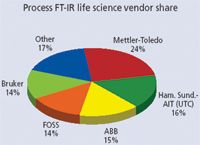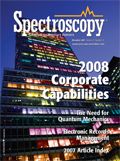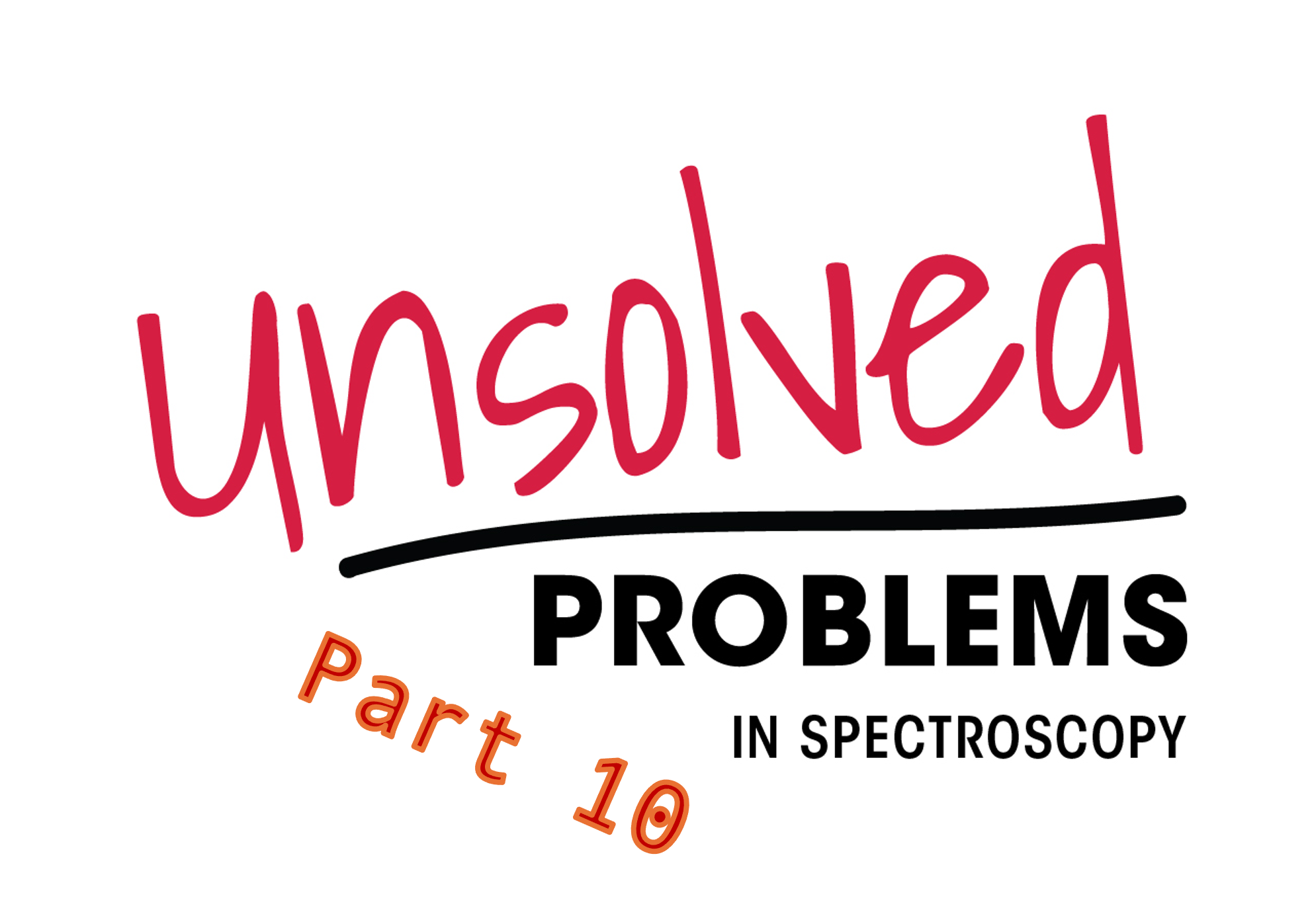Article
Spectroscopy
Spectroscopy
Market Profile: Life Science Process FT-IR
Fourier transform–infrared (FT-IR) spectroscopy technology has progressed considerably over the past two decades, and it is now a relatively established analytical technique for process monitoring in addition to being a standard tool in the laboratory. The inherent design of FT-IR systems makes them preferable for use as a process monitoring and analysis tool, particularly in the life science industries, which is a promising market.
Fourier transform–infrared (FT-IR)spectroscopy technology has progressed considerably over the past two decades, and it is now a relatively established analytical technique for process monitoring in addition to being a standard tool in the laboratory. The inherent design of FT-IR systems makes them preferable for use as a process monitoring and analysis tool, particularly in the life science industries, which is a promising market.

Process FT-IR life science vendor share
The core of any FT-IR instrument is the interferometer, which by its very nature provides its own internal calibration. The ability to eliminate the need for external calibration is obviously a major advantage for process instrumentation. In addition, FT- IR provides much higher signal-to-noise ratios in comparison to dispersive IT, which allows for much more rapid analysis.
The process life science market for FT-IR includes pharmaceutical, agriculture & food, and organic chemicals industries. The best known application is probably reaction monitoring, a significant portion of which falls under the definition of process analytical technology (PAT) in the pharmaceutical industry. FT-IR is also useful for identifying the level of key nutritional components in foods. The combined worldwide market for these applications for process FT-IR is estimated to be $20 million, and it is expected to see double-digit growth for some time to come.
The foregoing data were based on SDi's Market Analysis & Perspectives (MAP) report program. For more information, contact Stuart Press, Senior Consultant, Strategic Directions International, Inc., 6242 Westchester Parkway, Suite 100, Los Angeles, CA 90045, (310) 641-4982, fax: (310) 641-8851, www.strategic-directions.com.
Newsletter
Get essential updates on the latest spectroscopy technologies, regulatory standards, and best practices—subscribe today to Spectroscopy.





